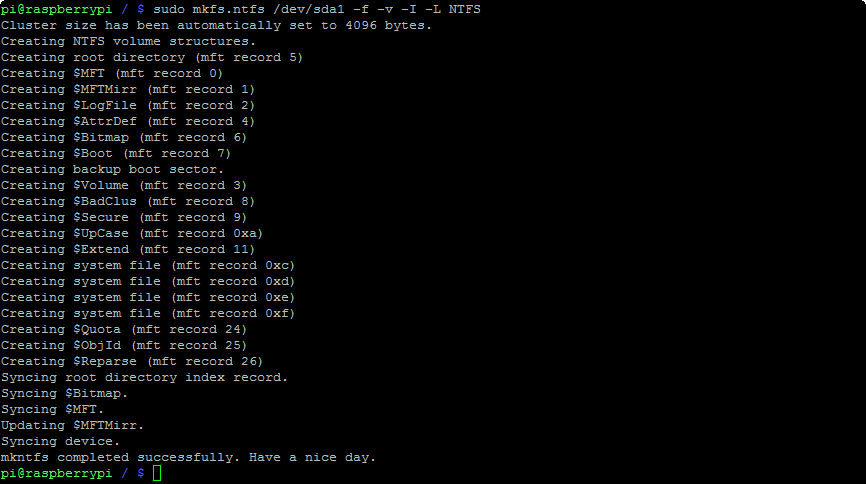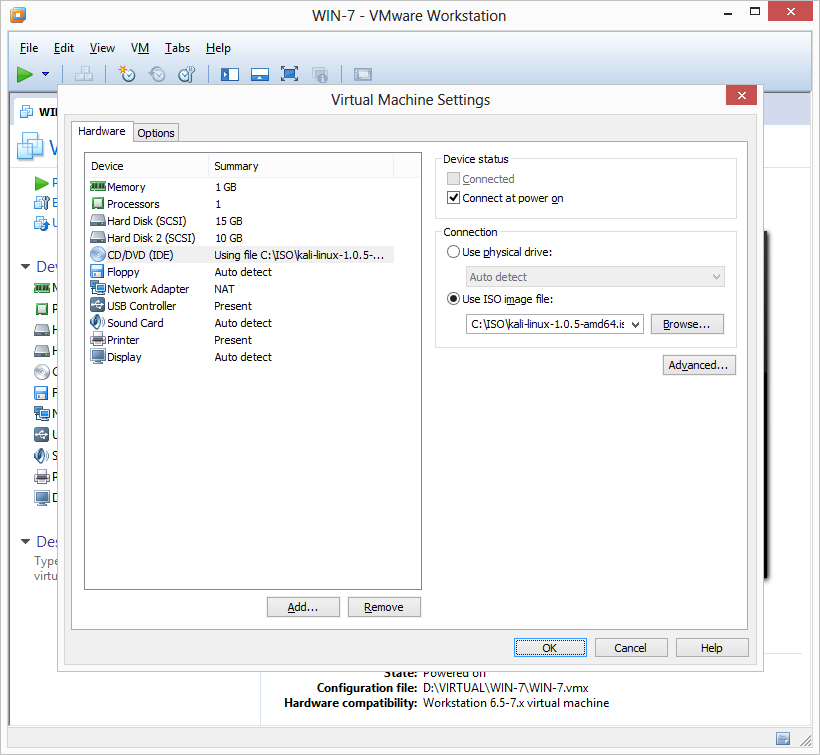
Of course, you'll want to assign it to a function so it's easier to repeat.

Put it all together, and you get the script that can turn your R: into /mnt/r (or ~/r if that's more convenient): rpath=$(powershell.exe -c "subst" | grep "^R" | sed "s/^R:\\\\: => //" | tr -d "\r")
Ntfs 3g dev sda1 mnt windows windows#
You can convert a Windows path to the Linux/WSL equivalent with the wslpath command. PowerShell returns an extra newline ("\r"), so you have to strip that with something like tr -d "\r". Mount ntfs partition with read write access mount -t ntfs-3g /dev/sdb1.

You can filter that down to just the R: mapping using grep and sed: powershell.exe -c "subst" | grep "^R" | sed "s/^R:\\\\: => //" (in case there are multiple drives/directories substituted, find just the R: drive, then remove everything before the directory path). Mount the ntfs data partition /dev/sda3 to /mnt/data with standard Linux permissions applied : ntfs-3g -o permissions /dev/sda3 /mnt/data or mount -t ntfs-3g -o permissions /dev/sda3 /mnt/data. exFAT is a file system introduced by Microsoft in 2006 and optimized for flash. This doesn't require root as long as you have permissions to the target location.įor mappings that you have created in Windows with subst, you can retrieve the substituted paths in Linux by calling out to PowerShell, like: powershell.exe -c subst You most likely just want a symlink, like ln -s /mnt/c/Users/username ~/r. That said, bind is probably overkill here. First you need to create directory where you can attach windows partition using mount command (for example /media/c for C:): sudo mkdir -p /media/c Now find out list. To auto mount a partition at startup (with hard drive plugged) edit /etc/rc. To manually mount a partition: ntfs-3g /dev/sda1 /mnt/usb-ntfs -o rw,bigwrites. Unable to mount Windows (NTFS) filesystem due to hibernation.

You can create one with mkdir, for example mkdir -p /mnt/usb-ntfs. You could even create a subst function in bash that would work pretty closely to that of Windows. You can mount NTFS or FAT windows partition with mount command. There is nothing to configure Note however, you can only mount a partition to an existing directory. If you're okay with just having the Linux equivalent, and you don't need to access the same drive letter under Windows, then this may be all you need. and access the specific NTFS volume by using the following commands: Fdisk -1 grep NTFS Mkdir -p /mnt/windows Mount -t ntfs-3g /dev/sda1 /mnt/windows. There are several routes to go here, depending on your exact workflow. While WSL doesn't have automatic or even direct access to the subst drives, there are ways to map them.


 0 kommentar(er)
0 kommentar(er)
